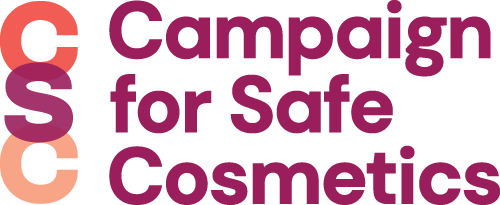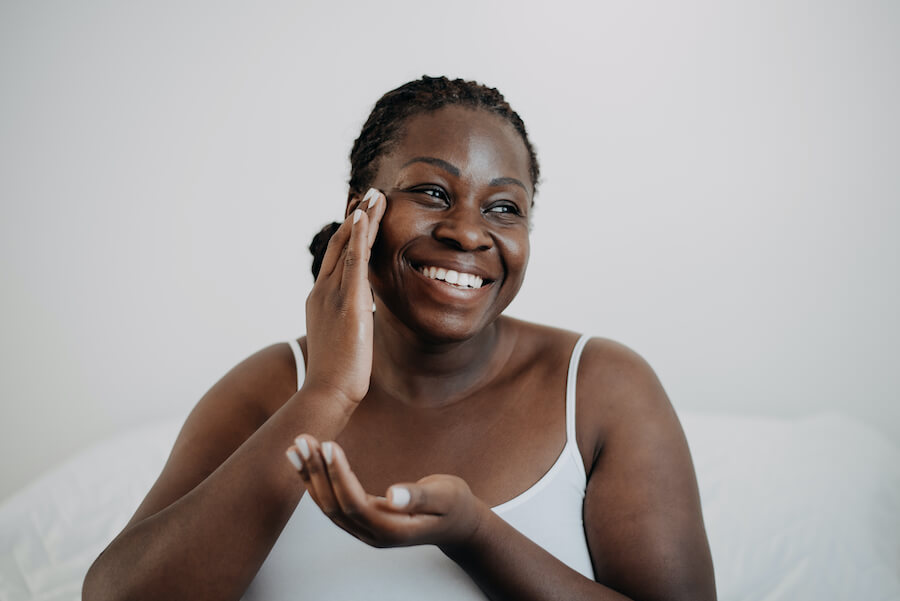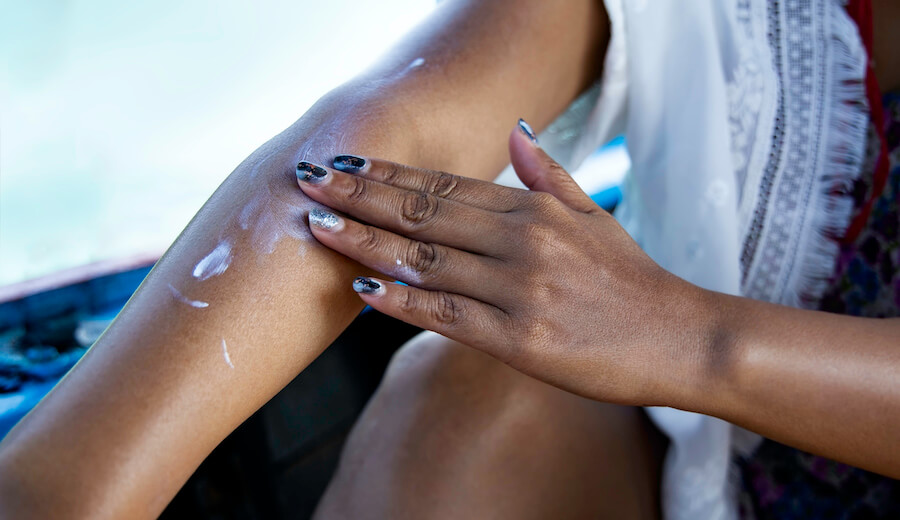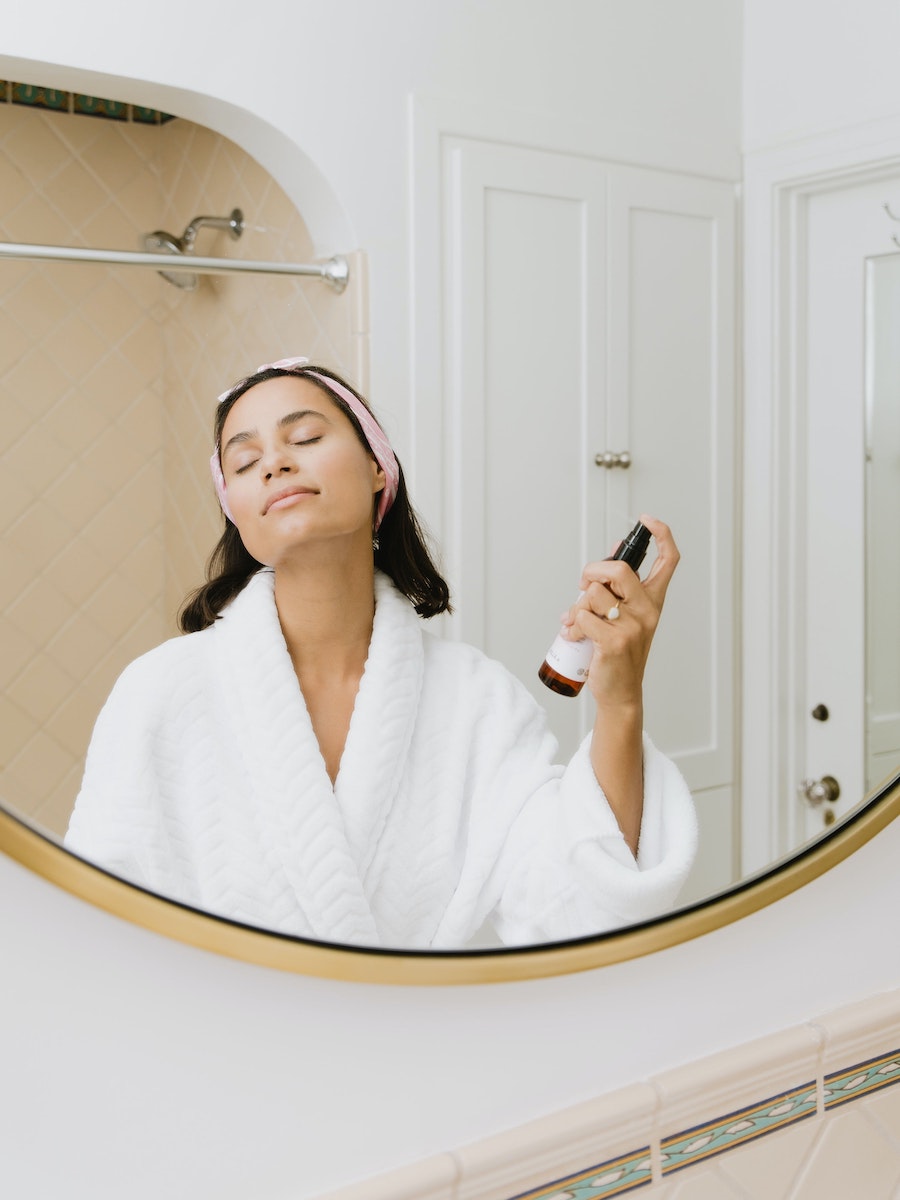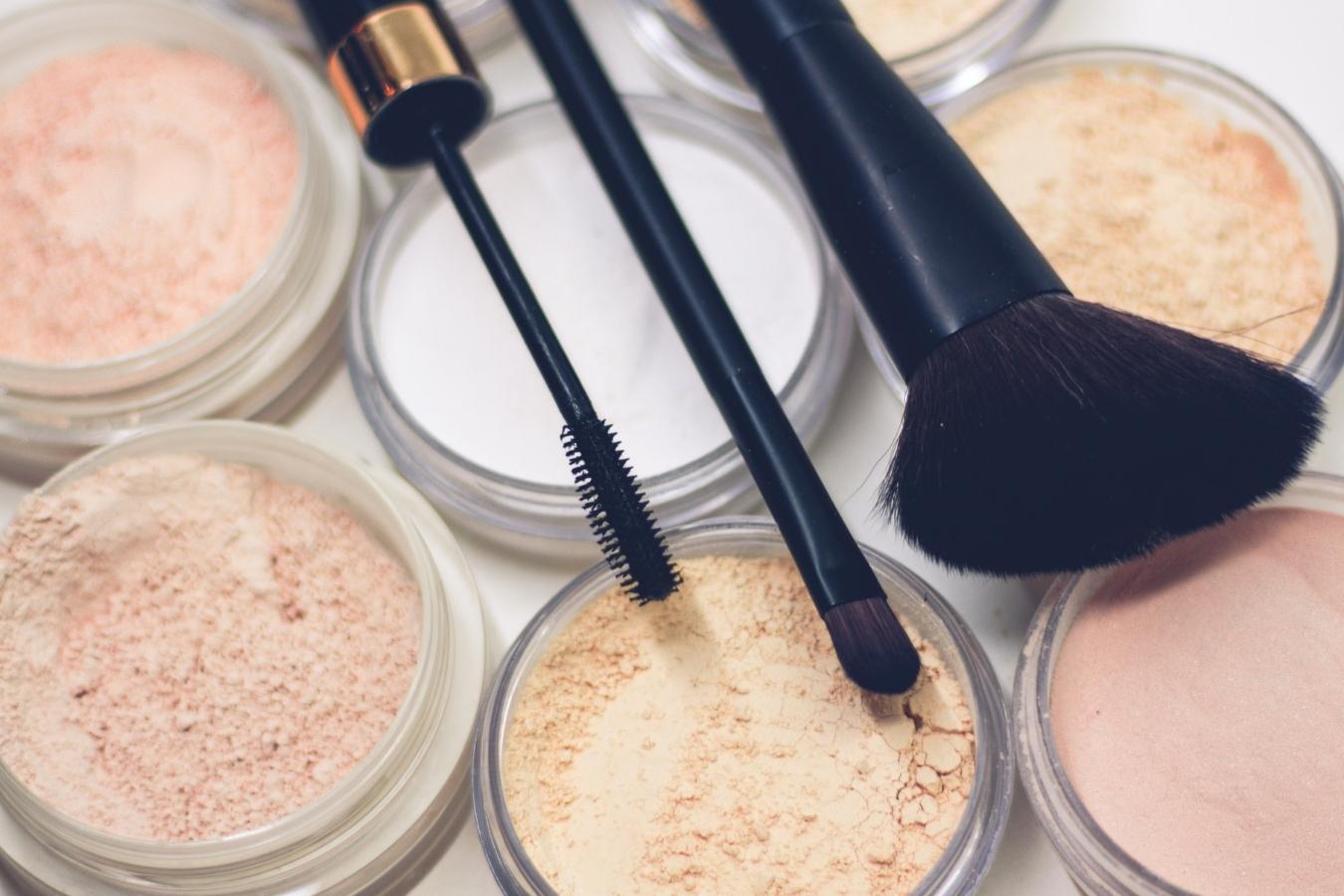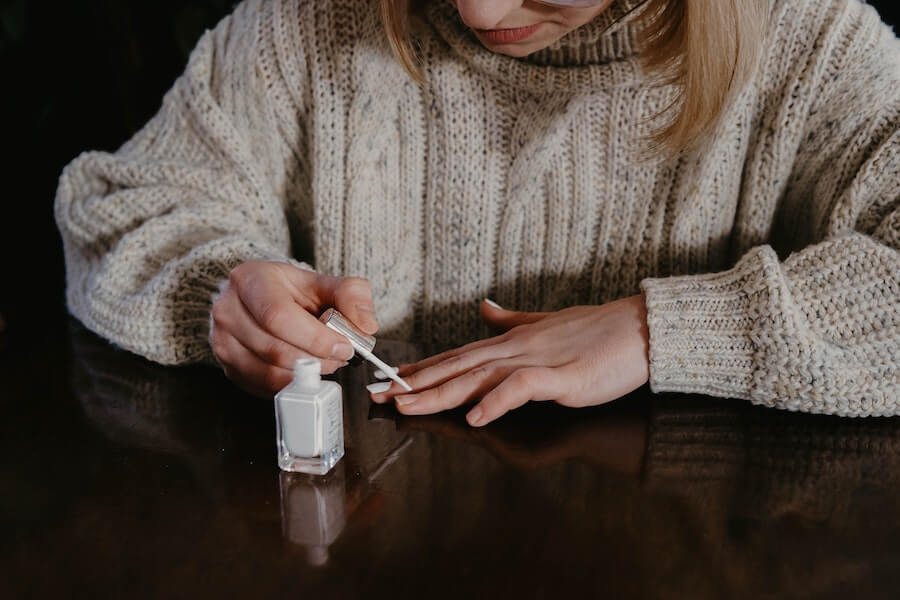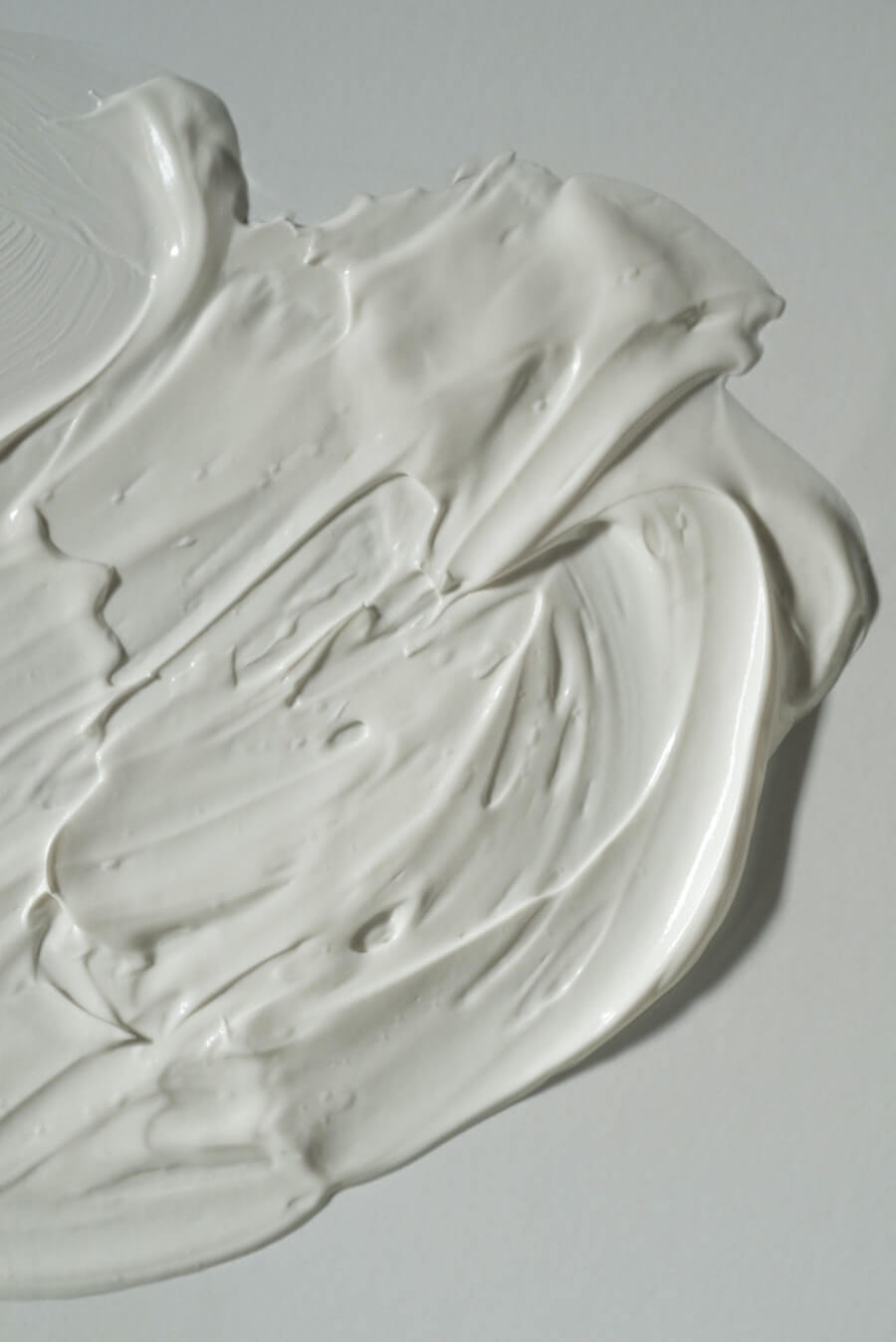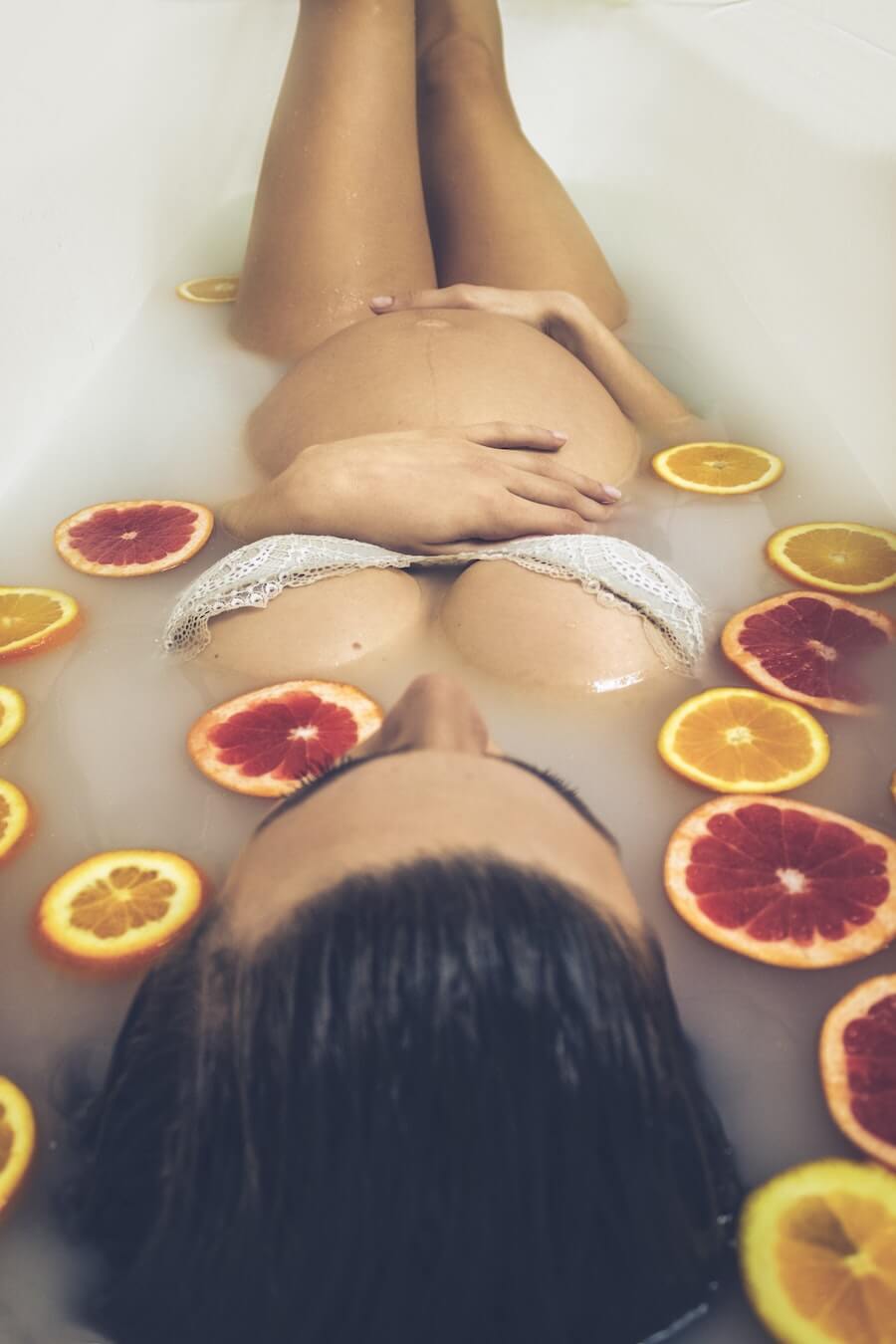[1] Cosmetic Ingredient Review Expert Panel (1990). Final report on the safety assessment of Phenoxyethanol. Journal of the American College of Toxicology, 9(2), 259-277.
[2] Bohn, S., & Bircher, A. J. (2001). Phenoxyethanol‐induced urticaria. Allergy, 56(9), 922-923.
[3] Chasset, F., Soria, A., Moguelet, P., Mathian, A., Auger, Y., Francès, C., & Barete, S. (2015). Contact dermatitis due to ultrasound gel: A case report and published work review. The Journal of dermatology.
[4] U.S. Food and Drug Administration. FDA warns consumers against using Mommy’s Bliss Nipple Cream. Available Online: https://old.sfda.gov.sa/en/drug/news/pages/332-ar-01-6.aspx#:~:text=The%20us%20counterpart%20to%20the,distress%20or%20vomiting%20and%20diarrhea. Accessed April 22, 2022.
[5] Troutman, J. A., Rick, D. L., Stuard, S. B., Fisher, J., & Bartels, M. J. (2015). Development of a physiologically-based pharmacokinetic model of 2-phenoxyethanol and its metabolite phenoxyacetic acid in rats and humans to address toxicokinetic uncertainty in risk assessment. Regulatory Toxicology and Pharmacology.
[6] Cosmetic Ingredient Review Expert Panel (1990). Final report on the safety assessment of Phenoxyethanol. Journal of the American College of Toxicology, 9(2), 259-277.
[7] Bohn, S., & Bircher, A. J. (2001). Phenoxyethanol‐induced urticaria. Allergy, 56(9), 922-923.
[8] Chasset, F., Soria, A., Moguelet, P., Mathian, A., Auger, Y., Francès, C., & Barete, S. (2015). Contact dermatitis due to ultrasound gel: A case report and published work review. The Journal of dermatology.
[9] Chasset, F., Soria, A., Moguelet, P., Mathian, A., Auger, Y., Francès, C., & Barete, S. (2015). Contact dermatitis due to ultrasound gel: A case report and published work review. The Journal of dermatology.
[10] Bohn, S., & Bircher, A. J. (2001). Phenoxyethanol‐induced urticaria. Allergy, 56(9), 922-923.
[11] U.S. Food and Drug Administration. FDA warns consumers against using Mommy’s Bliss Nipple Cream. Available Online: https://old.sfda.gov.sa/en/drug/news/pages/332-ar-01-6.aspx#:~:text=The%20us%20counterpart%20to%20the,distress%20or%20vomiting%20and%20diarrhea. Accessed April 22, 2022.
[12] U.S. Food and Drug Administration. FDA warns consumers against using Mommy’s Bliss Nipple Cream. Available Online: https://old.sfda.gov.sa/en/drug/news/pages/332-ar-01-6.aspx#:~:text=The%20us%20counterpart%20to%20the,distress%20or%20vomiting%20and%20diarrhea. Accessed April 22, 2022.
[13] Bohn, S., & Bircher, A. J. (2001). Phenoxyethanol‐induced urticaria. Allergy, 56(9), 922-923.
[14] Cosmeticsinfo. Phenoxyethanol. Available Online: https://www.cosmeticsinfo.org/ingredients/phenoxyethanol/. Accessed April 22, 2022.
